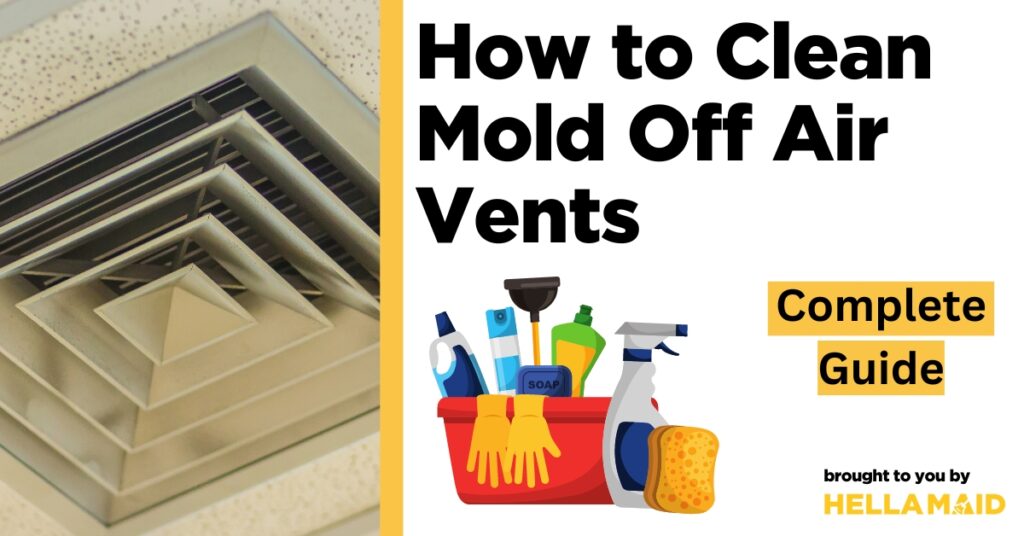
Mold in Air Vents: Discover effective solutions to tackle the presence of mold in your air vents. Learn how to identify, prevent, and remove mold growth for a healthier indoor environment.
Identifying and Removing Mold in Air Vents: A Comprehensive Guide
Identifying and Removing Mold in Air Vents: A Comprehensive Guide
When dealing with mold in air vents, it is crucial to properly identify the type of mold present. Black mold (Stachybotrys chartarum) is a common culprit that can be harmful to your health if not addressed promptly.
To identify mold in air vents, look out for black or greenish-black patches that may appear fuzzy or slimy. If you suspect mold growth, it is recommended to consult with a professional mold remediation specialist to assess the situation properly.
Removing mold from air vents requires diligent cleaning and disinfection. Use a mold-specific cleaner and follow manufacturer instructions carefully. It is important to wear protective gear such as gloves, goggles, and a mask to prevent exposure to mold spores.
After cleaning the vents, it is essential to address the root cause of the mold growth, which could be due to humidity, poor ventilation, or water leaks. Fix any issues contributing to moisture buildup to prevent future mold problems.
Regular maintenance and inspections of your air vents can help prevent mold growth and ensure the air quality in your home remains healthy. If you encounter severe mold infestations or are unsure how to proceed, seek professional assistance to address the issue effectively.
Frequently Asked Questions
How does mold develop in air vents?
Mold develops in air vents due to moisture and organic matter settling on the surfaces, providing an ideal environment for mold spores to grow and spread.
What are the potential health risks associated with mold in air vents?
The potential health risks associated with mold in air vents include respiratory issues, allergic reactions, exacerbation of asthma symptoms, and other respiratory problems. Mold spores released into the air can be inhaled, leading to these health concerns. Regular inspection and cleaning of air vents can help prevent these risks.
How can I effectively remove mold from my air vents?
To effectively remove mold from your air vents, you can use a mixture of water and vinegar to clean the affected areas. Ensure to wear protective gear and use a brush to scrub off the mold. It is also recommended to hire a professional mold remediation service for thorough cleaning and prevention of future mold growth.
In conclusion, mold in air vents can pose serious health risks and affect the air quality in your home. It is essential to address any mold growth promptly to prevent further contamination and potential health issues. By following the Mold Solutions Guide and implementing proper prevention and remediation techniques, you can effectively manage and eliminate mold in your air vents, ensuring a healthier indoor environment for you and your loved ones. Remember, when it comes to mold, prevention is key!
![]()